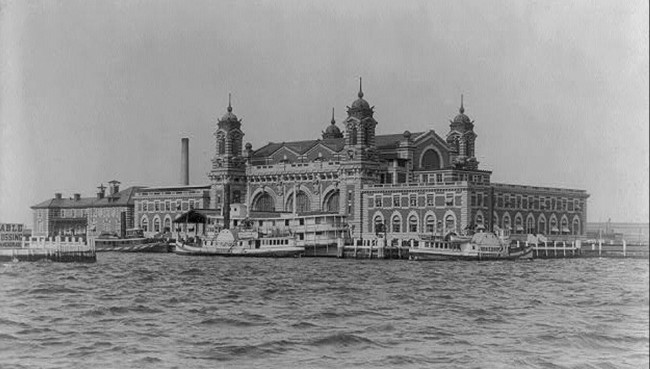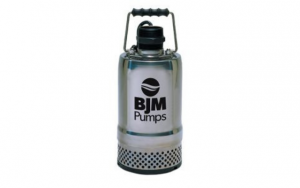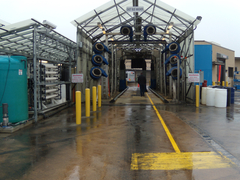On October 28, 2012, Hurricane Sandy swept over Ellis Island, Liberty Island, and much of the East Coast. The Ellis Island Immigration Museum reopened on a limited basis one year later, but repairs to the buildings and infrastructure would continue for many months.
Although the damage to Ellis Island was extensive, the island’s antiquated sewage system had been fraught with problems long before Hurricane Sandy came ashore. New Jersey-based Pump Express Services had been providing maintenance to the island’s sewage ejector system for a couple of years before Sandy hit.
According to Pump Express sales manager Fred Hettinger, in the two years before Sandy they were called to the island numerous times in response to high water alarms, clogging and ultimately a failed pump. “They had a two-pump system and when one pump failed they let the system run on the other,” Hettinger said. Then, the second pump failed “and they had nothing.”
Hettinger explained that a significant problem was that the old pumps were a simple ejector type and didn’t break down solids. But along with the sewage flow on the island there was also a significant amount of debris—with synthetic fibers being particularly problematic—that routinely clogged the system.
Left with only minimal sewage disposal, and faced with a grand reopening to the public targeted for July 4th, 2013, the island’s maintenance engineers reached out again to Pump Express Services—this time for a more permanent solution.





Comments